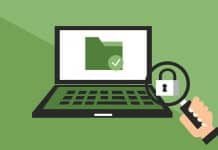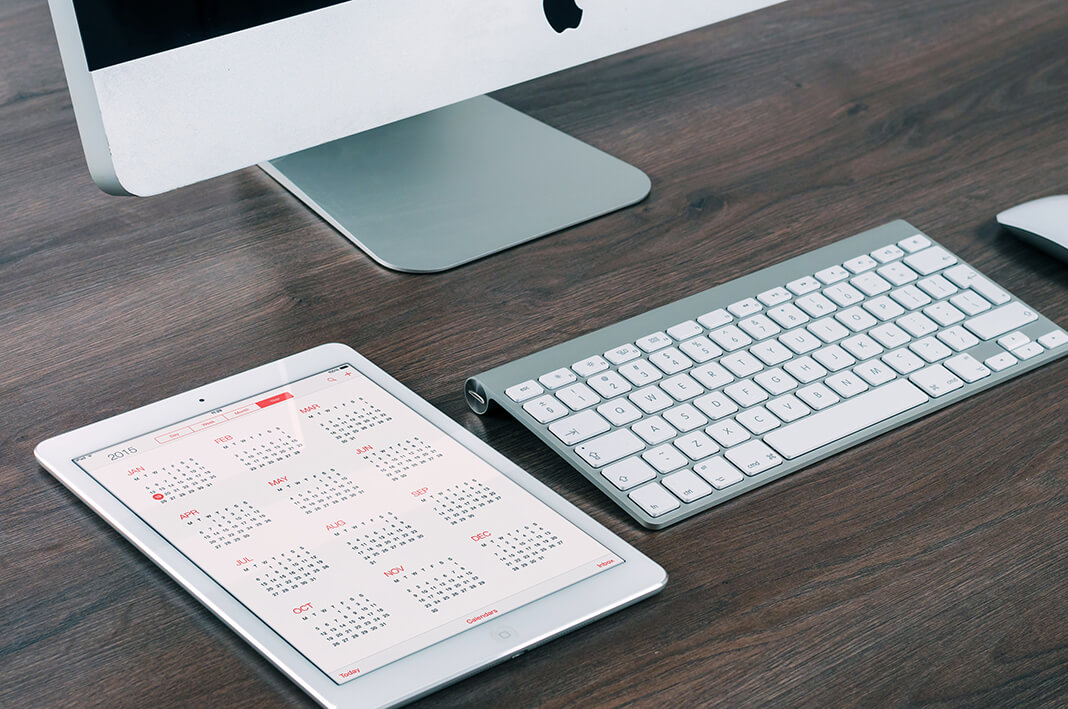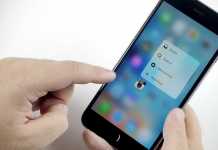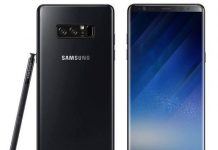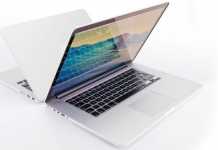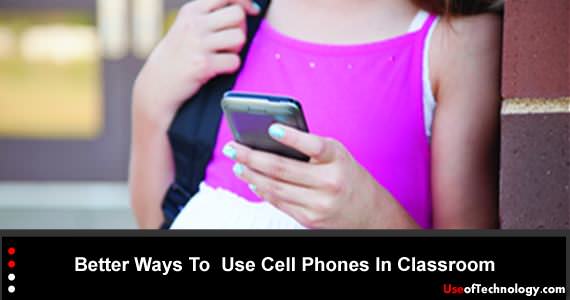Teachers are still debating on how they can use cell phones in classroom. The main challenge is that cell phones are more of personal gadgets compared to computers. It is not easy to monitor students’ usage of cell phones in classroom. However, cell phones can make learning mobile. M-Learning (mobile learning) has become so popular in the educational sector, students can easily access data using mobile library apps, they can use services like twitter to text each other academic information, they also use smart cell phones to play educational video games and puzzles which enhance their learning capabilities.
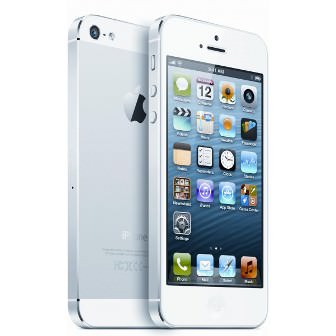
RELATED:
:- Use Cell Phones at School – 25 Tips For Teachers and Students
For cell phones to work in the classroom, teachers will have to formulate methods and guidelines on how to use cell phones in classroom for academic purposes. Mobile learning can be used in almost any subject, and now days we have advanced cell phones (SMART PHONES) which have applications related to those of computers or tablets. So the main issue here is to formulate creative ways of teaching students to use cell phones. On the side of students, it is very easy to own a smart cell phone; most of these phones can go for $140 – $200 only. So when we compare their mobility and price, cell phones can replace computers to a certain extent in the classroom.
The good news is that students are already using cell phones to communicate with each other in the classroom and outside the classroom. Below I have listed ways how teachers and students can use cell phones in classroom or in education as general to improve on their student’s grades:
Teacher’s use of cell phones in Classroom:
1. Use cell phones to assign work to students: Teachers can use cell phone text messaging services to assign work to their students. Since almost every student can afford a cell phone, teachers can get contacts of their students and use services like Remind101.com to send bulk reminding text messages to their students. For example, teachers can text their students which book to read in regards to the topics they will teach on the next day, so when students come to the classroom they will have an idea on what they are going to learn about . The good thing about this is that, both students and teachers will be prepared when they come to the classroom. On the teacher’s side, it becomes easier to introduce a new topic when your students have a clue rather than when they are totally ignorant about the subject. Text messages are instant compared to emails, so the impact of text messages can be felt on the instant. With services like Remind101.com, teachers can manage their students’ contacts using this mobile App, and they can compose one message and blast it to all students in a minute. Imagine as a teacher, if you had a classroom of 50 students, how simple and fan it would be when you compose an assignment and text it to all your students in a minute.
2. Use Cell Phones to Gauge Students Understanding of a Concept: Teachers can easily use cell phones to test their students and know if they have understood the topic or subject in motion. In this case, teachers can make a simple quiz which can be answered using cell phones in the classroom. For example, a math teacher, can create a simple math equation and text it to all their students in the classroom, then tell them to solve that equation using cell phones and reply back via text messaging with the correct answer. The teacher can create a competition among students, by rewarding the 1st student to text the correct answer. With this example, you can see that the use of cell phones in the classroom will largely depend in the creativity of the teacher.
3. Use Cell Phones to Capture Notes to be studied later: Teachers can tell their students to use mobile services like GetPocket.com, to capture notes and read them later on their cell phones. In this case, a teacher can publish notes on a public domain, where all students can access these notes. If all students have installed the ”Get Pocket App ‘‘, they can be in position to capture these notes and read them later-on using their cell phones. ”Get Pocket App ” is a free mobile phone application which can be used to capture and keep content for later reference.
4. Use cell phones to record Podcasts: Teachers can use cell phones to record Podcasts for their students to download at any time and listen via their mobile phones. Audio notes are more flexible and easy to understand, a student can play back the podcast to get the concept being explained by their teacher. So in this case, the student will even learn better. Audio notes can work well on subjects that require less image illustrations, such as English, History, Economics and much more.
Student’s use of cell phones in classroom:
5. Use Cell Phones to Communicate and Share Ideas in the Classroom: Students can use cell phones to share academic ideas in the classroom. For example, students can form a study group with in the classroom, the group can be for 5 – 10 students, and they can use text messaging services to discuss on a specific subject. Or students can use discussion platforms like Piazza.com or Twitter.com to exchange ideas while in the classroom.
6. Use of educational Cell Phone Apps: Both students and teachers can use educational mobile applications to interact. Their so many academic related applications which can be used the learning process. A good example is PIAZZA; this application can work on smart phones with iOs and Android operating systems. Teachers can create virtual classrooms on Piazza, and then students will join these classrooms and exchange information with their teachers. Also teachers can track students’ performance using the same application, while the shy students, will get a chance to ask a question or contribute via a cell phone.
7. Use Cell Phones to Access Text Books: Students can use their cell phones to access electronic text books online. Some schools have digitized their libraries, which helps their students access these libraries via the internet. Then for some students, they can buy these e-text books online and read them from anywhere on their mobile phones.
8. Use of cell phones for field work: Some subjects like Geography will require students to go in the field and make extensive research about specific subjects. But they can not carry laptops to the field because laptops are easy to damage and they are too heavy to carry around. So when it comes to field work, smart cell phones will help in data collection, photo shooting which can help in visual illustration and video recording while in the field.
9. Use Cell Phones to Blog: Both students and teachers can use cell phones to post blog posts about any subject. For example, if students go out for field work research, they can post details in the field live on a classroom blog; this will help other students who stayed in the classroom. Also teachers can use cell phones to post blog posts about any subject, and their students can access this blog via their cell phones and post comments on the instant.




